1. Huge Stone Fire Pits
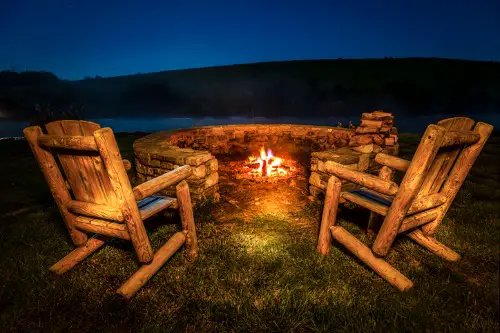
Those wide, built-in fire pits look inviting in editorials, surrounded by cozy chairs. But in real life, they take up a lot of space and often go unused. Unless you regularly host large gatherings, a smaller version would serve the same purpose. The oversized ones become more of a lawn ornament than a hangout spot.
They can also create safety hazards. Large pits retain heat longer, making them dangerous for kids or pets. Maintenance is another chore—ashes need to be removed, and cracks in stone can form over time. The bigger the pit, the bigger the hassle.
2. Rock Gardens Everywhere
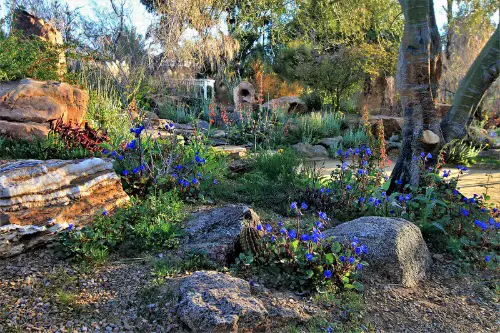
Those picture-perfect gravel landscapes can look sleek, but they’re not as low-maintenance as people think. Leaves, dirt, and weeds collect between the stones, and cleaning them is far from easy. Without upkeep, what was once a modern look quickly turns into a messy patch of rocks and debris. And in sunny climates, all that stone can radiate heat back into your yard.
Another problem is how rocks affect soil health. Over time, they compact the ground underneath and make it harder for plants to thrive. Removing them later is both labor-intensive and expensive. Many homeowners regret choosing rocks when they realize it’s not a “set it and forget it” solution.
3. Water Features in Small Yards
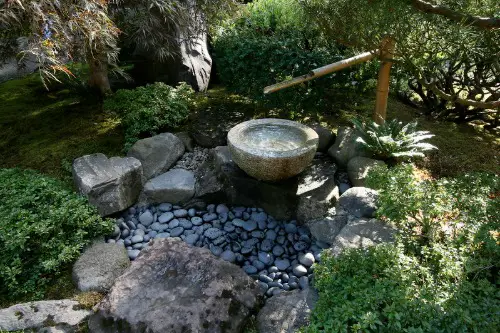
A bubbling fountain or pond looks romantic in photos, but in tight spaces it’s often impractical. Pumps and filters require regular cleaning to prevent algae buildup. Standing water can also attract mosquitoes if you’re not vigilant. Instead of a calming oasis, it can turn into a maintenance headache.
On top of that, water features can be costly to run. The electricity to keep the pump moving adds up, and leaks can drive your water bill sky-high. In areas with drought restrictions, having one can feel wasteful or even irresponsible. What seems dreamy in a magazine can feel guilt-inducing in real life.
4. Vertical Gardens on Fences
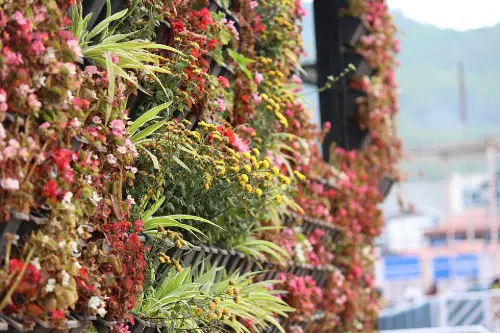
Those lush, green living walls look incredible in photoshoots. But keeping plants thriving when they’re growing vertically is harder than it seems. They need frequent watering and fertilizing, and many setups require special irrigation systems. Without proper care, they quickly dry out or brown in patches.
Another issue is weight—soil, plants, and water all add up. If your fence or wall isn’t reinforced, you risk damage or even collapse. Mold can also become a problem when moisture lingers behind panels. For many homeowners, the wow factor doesn’t outweigh the upkeep.
5. Monoculture Planting
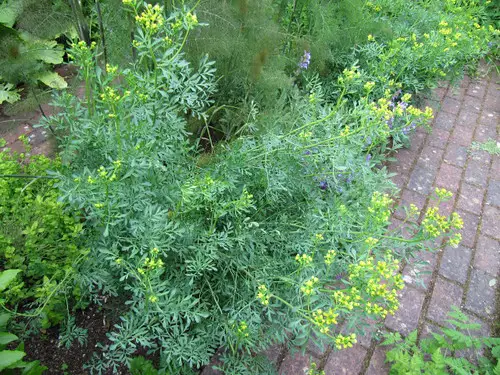
Magazines love showcasing yards with perfectly uniform rows of the same plant. It looks tidy in photos, but in real life, it’s an invitation for pests and disease. If one plant gets sick, the whole group can go down quickly. A diverse landscape is much more resilient.
Monoculture also tends to get boring. What’s stunning in a styled shoot starts to feel flat without seasonal variety. Diverse planting not only looks more interesting, it supports pollinators and other wildlife. A yard is healthier when it doesn’t look like a clone army of greenery.
6. Exotic Palm Trees in Non-Tropical Areas
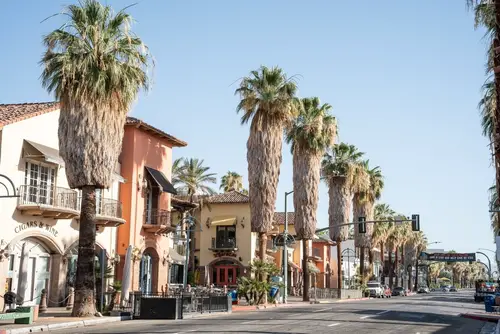
Palm trees add an instant vacation vibe in magazines, but in many climates they struggle to survive. They often need protection in colder seasons, which can be costly and time-consuming. Some species grow huge, quickly outgrowing suburban yards. Others drop messy fronds that need frequent cleanup.
Pests also love palms, and infestations can spread quickly. Once a palm is stressed or diseased, it’s very difficult to save. Removal costs are high, and planting one can end up feeling like a long-term burden. A tree that symbolizes paradise can easily become a money pit.
7. Immaculate White Gravel Paths
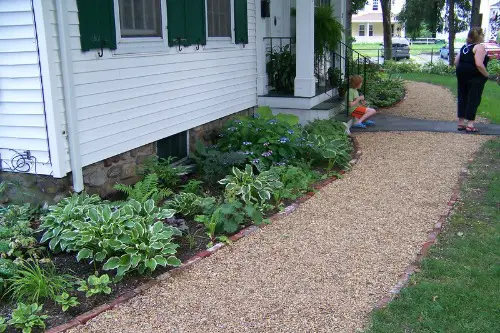
A white gravel walkway pops beautifully in editorial spreads. But in real life, it’s nearly impossible to keep clean. Dirt, leaves, and weeds constantly sneak in, dulling the pristine look. Within a season, it rarely resembles what you saw in the magazine.
There’s also the problem of movement—gravel shifts underfoot and tracks into the house. It’s uncomfortable to walk on barefoot and can make shoveling snow a nightmare. Pets and kids tend to scatter it everywhere. What photographs as elegant often ends up feeling impractical and messy.
8. Overly Sculpted Topiary
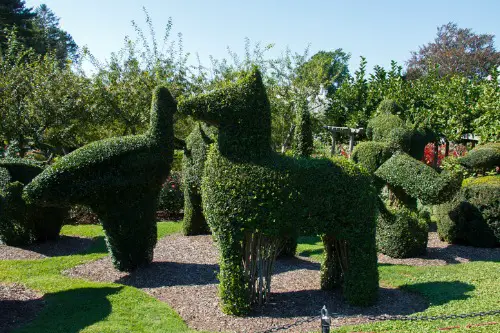
Perfectly clipped shrubs shaped like spheres, spirals, or animals look enchanting in styled gardens. But they require constant trimming to maintain their shape. Miss a few weeks, and they quickly turn uneven or overgrown. Unless you enjoy weekly pruning, they’re more stress than beauty.
On top of that, topiary plants are prone to pests because dense growth makes airflow difficult. They also need careful watering and fertilizing to stay green and lush. If neglected, they don’t just lose shape—they start to die back in unattractive patches. They may shine in a spread, but they’re unforgiving in everyday life.
9. Endless Rows of Lavender
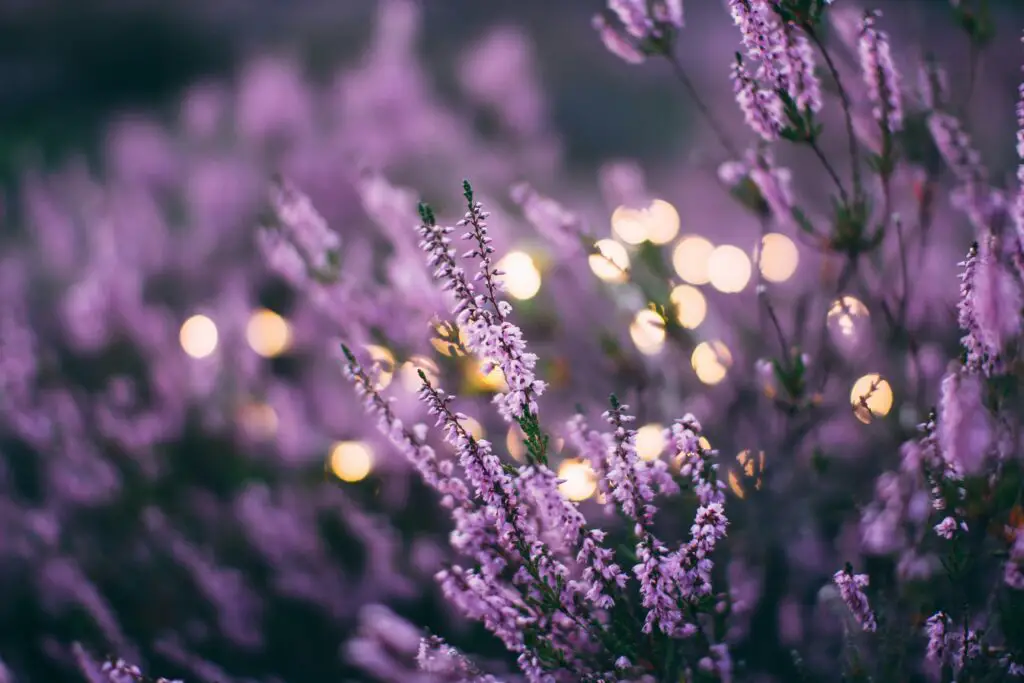
Lavender fields look dreamy in travel magazines, but translating that to a yard isn’t easy. Lavender needs very specific soil conditions: well-drained and slightly alkaline. If your soil doesn’t match, the plants won’t thrive. And in humid regions, they’re especially prone to rot.
Lavender also has a limited bloom time. Outside those few weeks, what you’re left with is woody stems that look less appealing. Large swaths also require regular pruning to prevent them from getting leggy. Instead of effortless romance, they can leave you with a patch of disappointment.
10. Huge Outdoor Kitchens
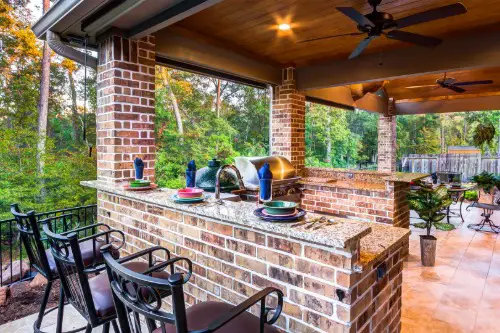
In magazines, a sprawling outdoor kitchen looks like the ultimate entertaining setup. But in many climates, it sits unused most of the year. Weather can quickly damage appliances, countertops, and cabinets if they aren’t top-quality. Even with covers, upkeep is constant.
The cost rarely justifies the use. Many people end up grilling a handful of times while the sink, fridge, and pizza oven sit idle. Meanwhile, critters often find their way into cabinets and drawers. A cozy, simpler setup often makes more sense than a glossy, oversized one.
11. Dark Mulch Beds
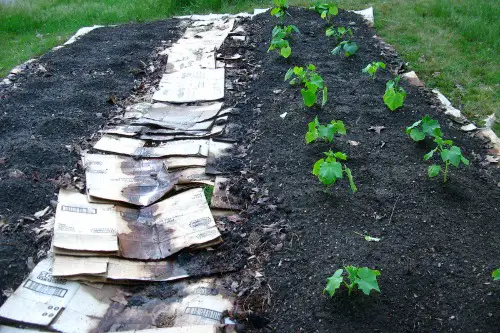
Black or dark-dyed mulch makes plants pop in magazine photos. But dyes can leach into soil, affecting plant health over time. The mulch also fades quickly in the sun, losing its dramatic color. Instead of looking polished, it starts to appear patchy and tired.
Some dark mulches are made from recycled wood, including treated lumber. That means chemicals can seep into your yard. They also don’t break down into healthy compost the way natural mulches do. The initial impact isn’t worth the long-term drawbacks.
12. Artificial Turf Lawns
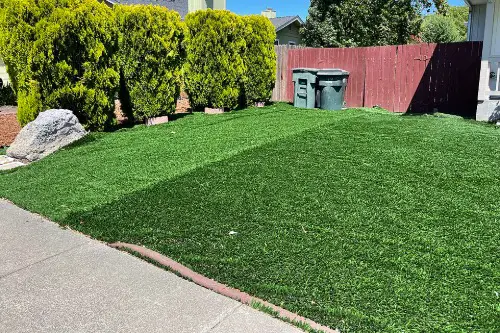
Artificial turf looks perfect in glossy spreads, but in real life it often heats up to uncomfortable levels under the sun. It can even get hot enough to burn bare feet or paws in the summer. Unlike real grass, it doesn’t help cool the air around your yard. And once it’s worn out, it usually ends up in a landfill.
Another issue is maintenance—yes, even fake grass needs it. You’ll have to hose it down to remove dust, pollen, and pet waste, which wastes water. Over time, weeds can sprout around the edges or through small tears. Instead of being carefree, it can become another chore you didn’t expect.
13. Perfectly Green Lawns
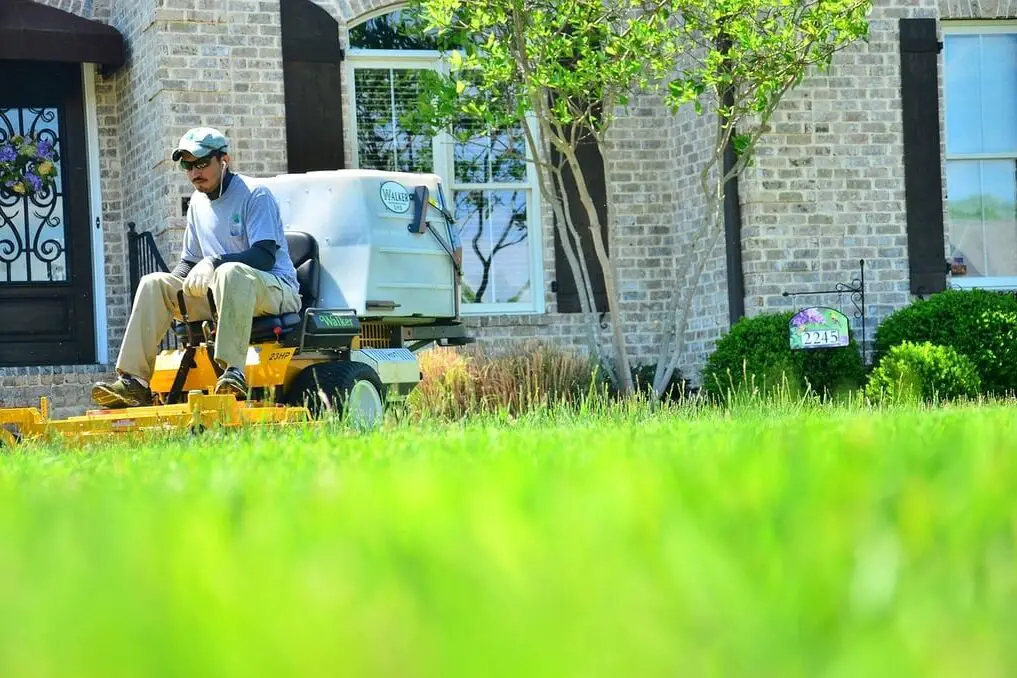
A flawless, emerald-green lawn might be the ultimate magazine cover shot. But keeping grass that perfect requires heavy watering, constant mowing, and chemical fertilizers. In many regions, water restrictions make it almost impossible. And fertilizers can harm local ecosystems when runoff reaches waterways.
On top of that, lawns don’t provide much for pollinators or wildlife. They’re beautiful in a stylized way, but ecologically they’re kind of a dead zone. Many homeowners are moving toward native plantings or clover mixes instead. It’s a reminder that glossy perfection isn’t always the healthiest choice.
This post 13 Landscaping Fads That Only Work in Magazines was first published on Greenhouse Black.
